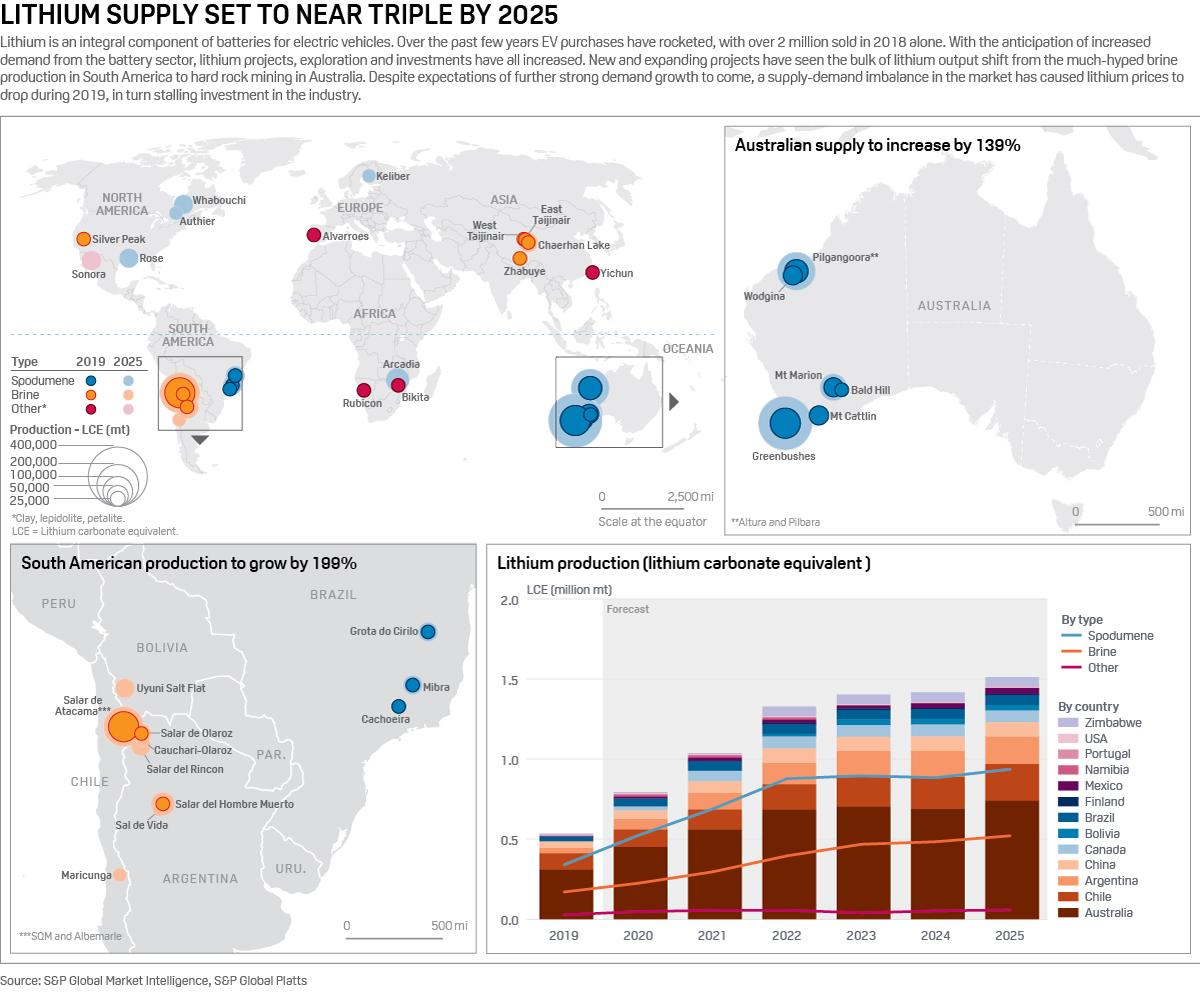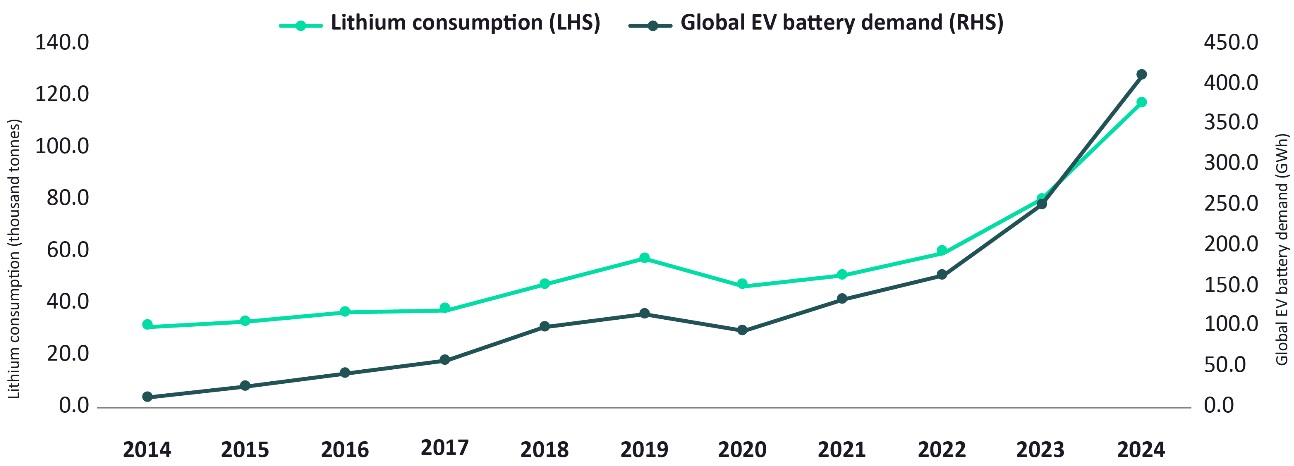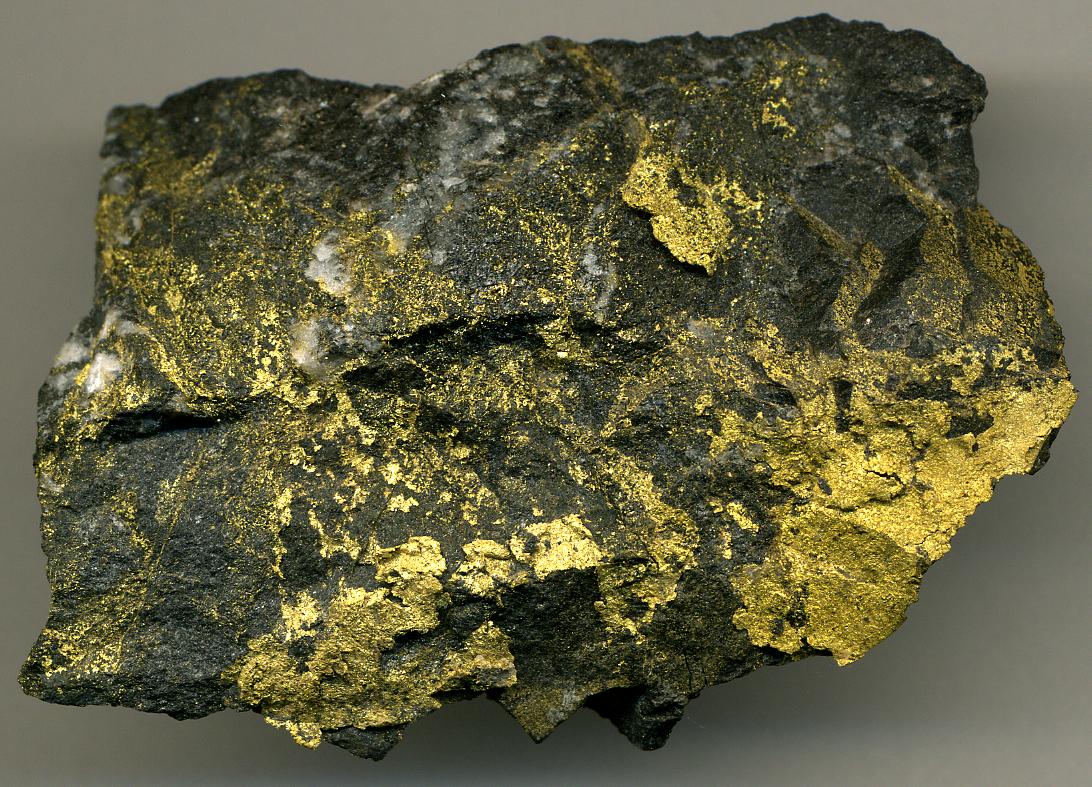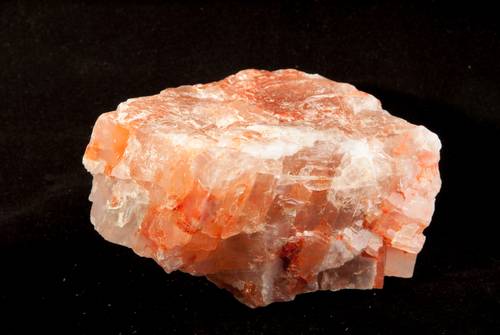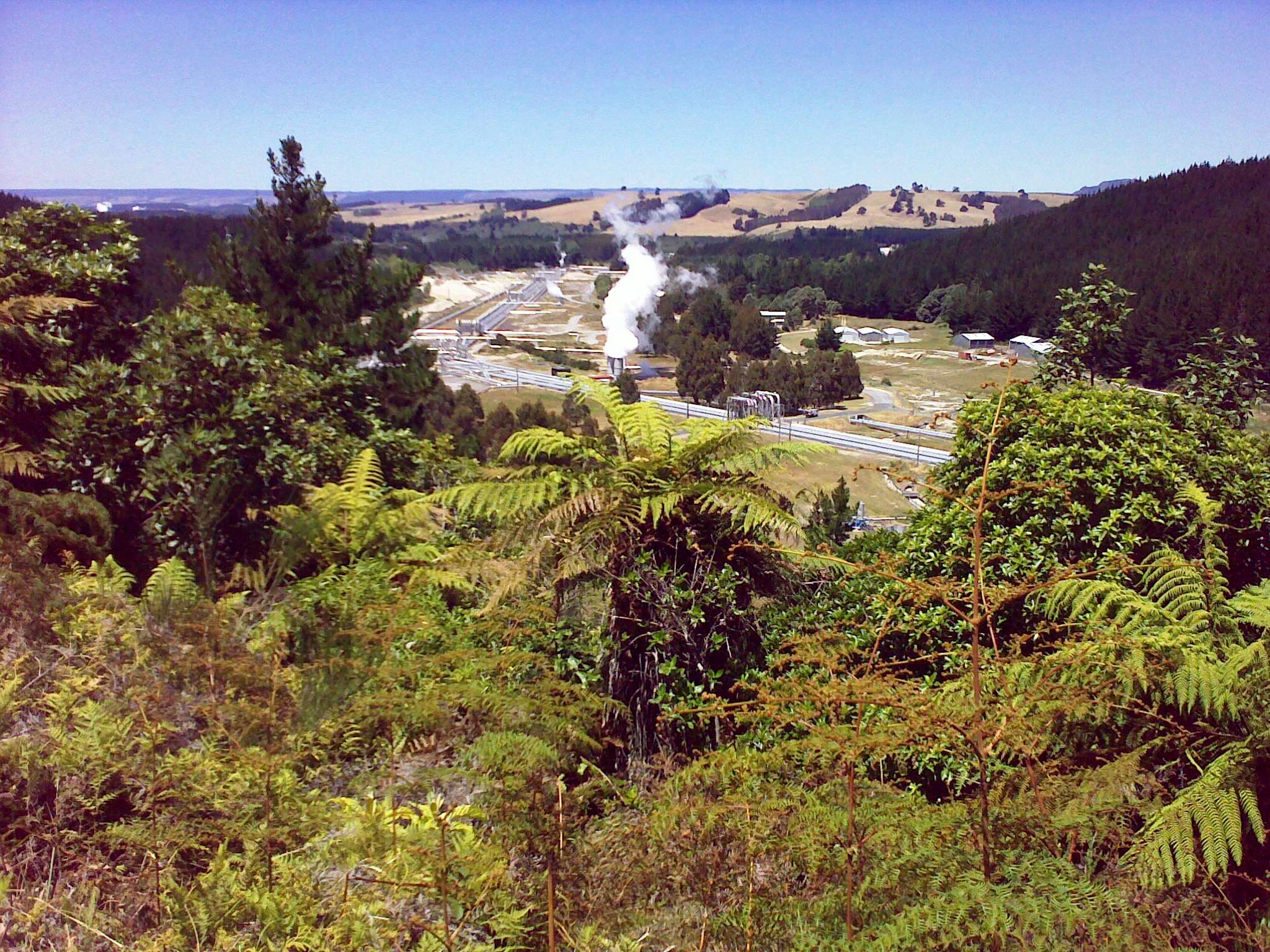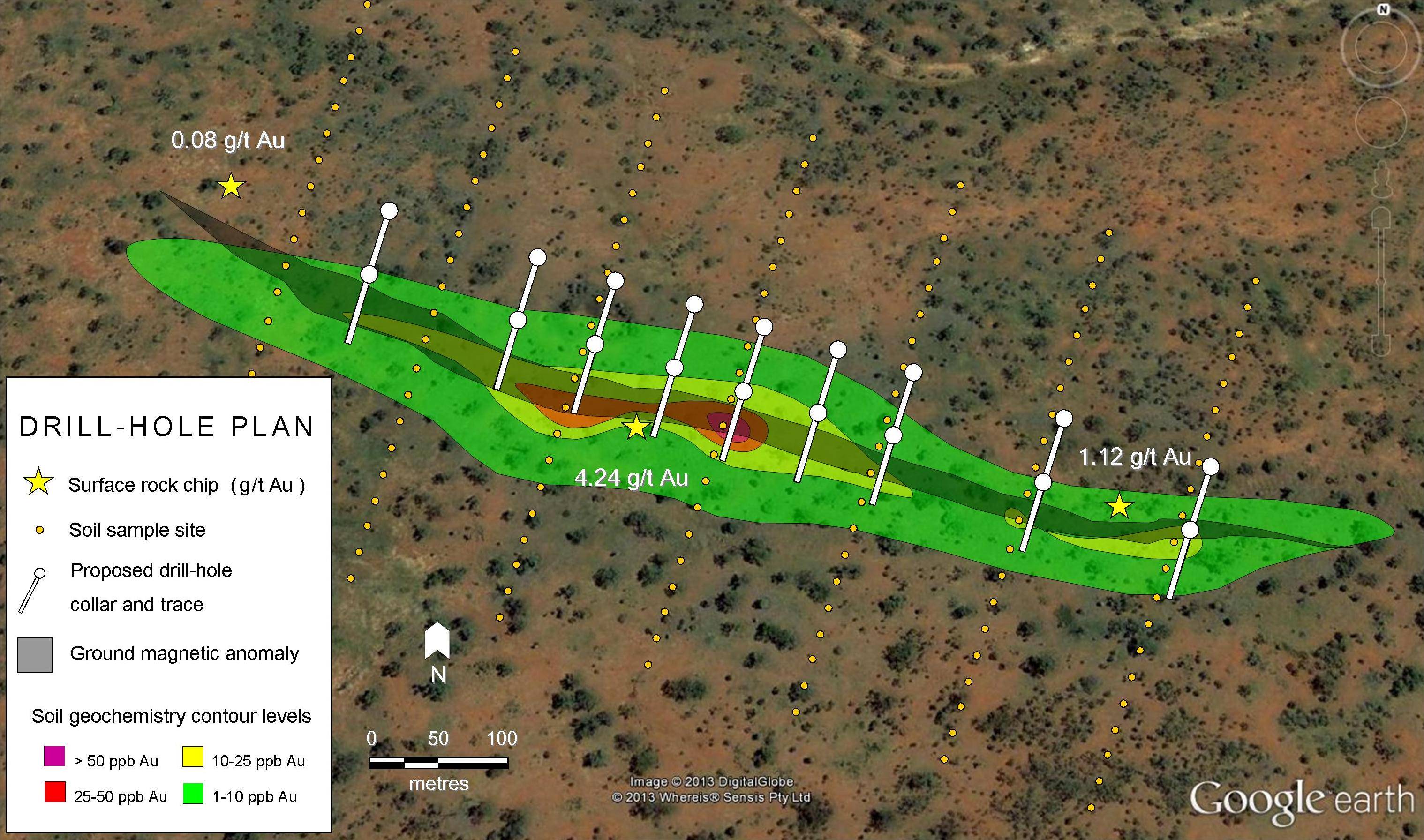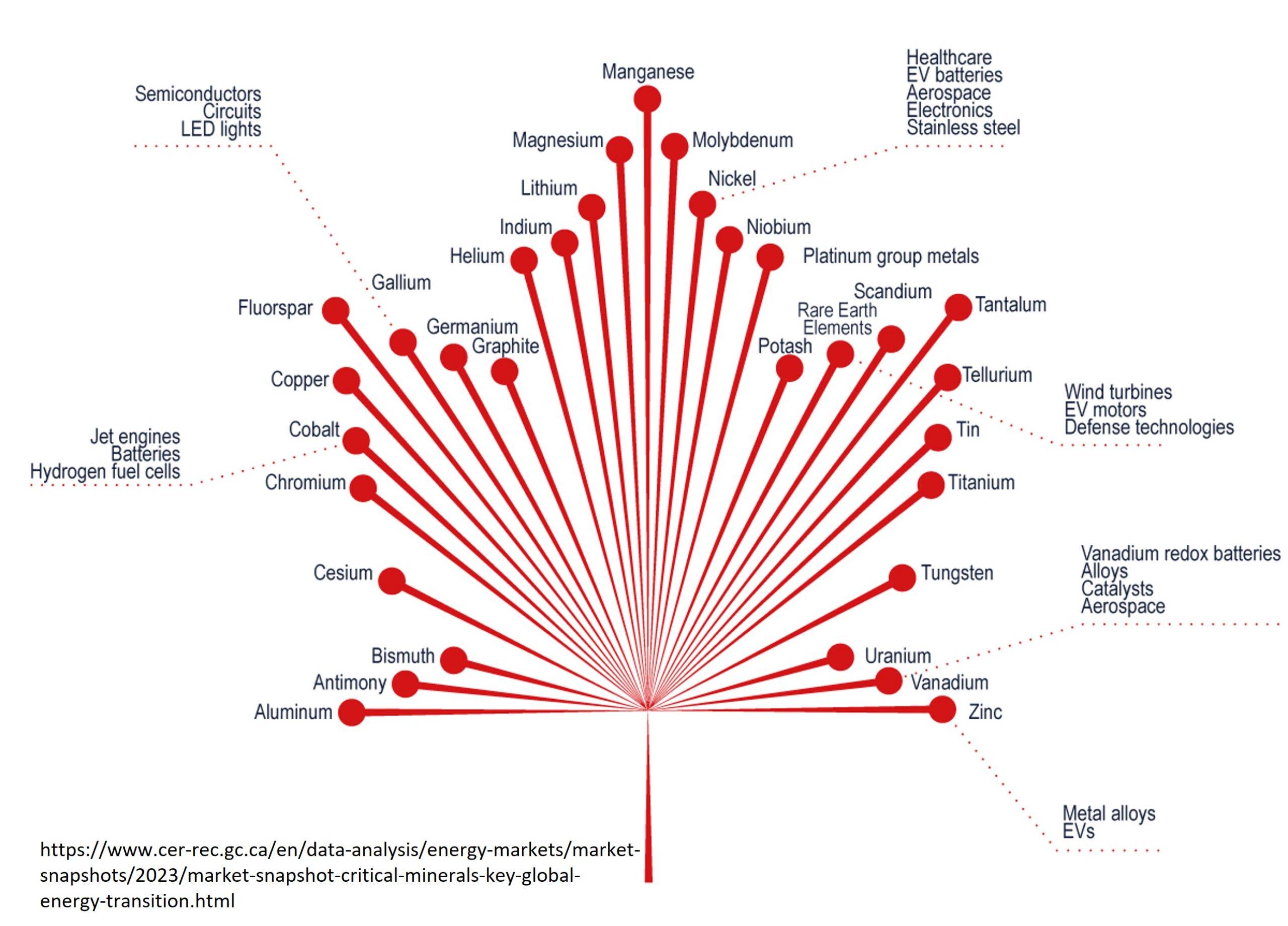Introduction
Critical Elements (TSX.V:CRE, OTCQX:CRECF) is a mining company focused on lithium exploration that owns several mining projects in Quebec. The company’s flagship, the Rose lithium-tantalum project, stands out as one of the largest high purity lithium deposits in the world. Demand for both lithium and tantalum is expected to grow over the next several years, as they are important components for electronics like batteries and cellphones.
Strategically located in Quebec’s mining-friendly jurisdiction, Rose mine is expected to start construction in 2021. The mine will consist in a conventional truck and shovel open pit operation and industrial complex to produce lithium and tantalum concentrates. A total of 26.8M tons of ore with an average of 0.85% Li2O and 133 ppm Ta2O5 will be extracted. The open pit has an expected life of mine of 17 years. Average operating costs are $66.56 per ton milled and $458 per ton of concentrate (for all concentrate production combined). Initial capital cost is estimated at $341.2 million before working capital. Annually, the mine will produce an average of 236,532 tons of lithium concentrate (186,327 and 50,205 tons of chemical and technical grade, respectively), and 429 tons of tantalum concentrate.
Additional projects/prospects owned by Critical Elements include Nisk, Arques, Bourier, Caumont, Dumulon, Duval, Lemare, and Valiette. All projects are in Quebec and focus on a variety of elements, including gold, lead, zinc, copper, PGE, REEs, and more.
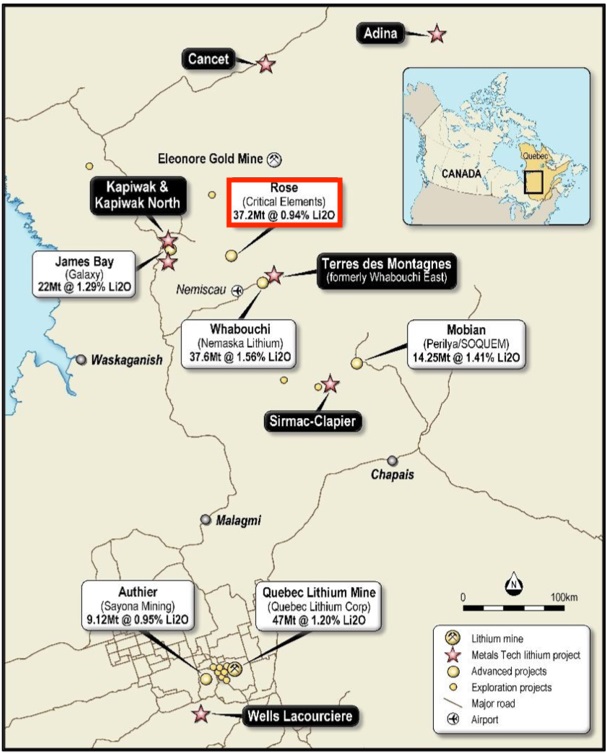
Lithium and Tantalum
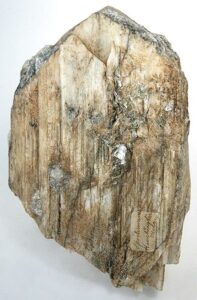
Lithium is a soft, silvery-white metal that is highly reactive, which makes it only available in nature as compounds. Lithium is primarily used in batteries, heat-resistant glass and ceramics, lubricants, and aluminum production. As of 2020, Chile had the largest global lithium reserves, with an estimated 9.2 million metric tons of lithium, followed by Australia (ca. 4.7 million metric tons) – the top lithium producer in 2020. Lithium can be produced from two deposit types: hard rock (spodumene) or brine – salty water containing various minerals. Brine production is concentrated in South America, particularly Chile, whereas hard rock deposits are mostly mined in Australia. Spodumene (LiAlSi₂O₆) contains 8.03% of lithium oxide (Li2O), whereas lepidolite, a lithium-bearing mica also present at Rose, contains around 7.70% Li2O.
Tantalum is a hard, blue-gray metal considered a technology-critical element due to its excellent capacity to store and release electrical charge. Tantalum is known for its high resistance to corrosion, extremely high melting point (at ca. 3,017°C), as well as its heat and electricity superconductivity. Tantalum is commonly a byproduct of tin and lithium mining. Tantalite ((Fe,Mn)Ta2O6), the main tantalum ore mineral, has the same structure as columbite ((Fe,Mn)(Ta,Nb)2O6), another common tantalum-bearing mineral. The mineral is called columbite when niobium is more abundant than tantalum and tantalite when tantalum is more abundant than niobium. Tantalite contains 86.17% of tantalum oxide (Ta2O5).
Australia, Brazil, Canada, and the DRC are home to the most significant tantalum deposits in the world. The privately owned Global Advanced Metals, previously known as Talison Minerals, is the largest producer of tantalum. The company operates the Greenbushes mine in Western Australia and Wodgine in the Pilbara, both in Australia. Combined, these mines produce approximately 30% of the world’s tantalum supply (around 1.4 million pounds Ta2O5). Other projects/prospects owned by Critical Elements include Nisk, Arques, Bourier, Caumont, Dumulon, Duval, Lemare, and Valiette.
Geological Setting
The Rose lithium-tantalum project covers approximately 109 square miles of mining claims in the northeast part of the Superior Province of the Canadian Shield. The deposit, mostly represented by intrusive rocks, is enclosed in the southern portion of the Middle and Lower Eastmain Greenstone Belt (MLEGB). Intrusions are mainly syn-tectonic (2,710-2,697Ma), with minor late to post-tectonic intrusions (<2,697Ma).
Mineralization
Mineralization at the Rose project includes rare-element lithium-cesium-tantalum (LCT) type pegmatites and molybdenum occurrences. Pegmatites are intrusive rocks formed by slow crystallization at high temperature and pressure at depth that are distinguished by large crystal sizes of up to 5cm. At Rose, mineralization consists of relatively flat lenses of up to 20m thick pegmatite (Figure 2). Spodumene and lepidolite (a lithium-bearing mica) can form cm-wide lenses that make up 40% of the pegmatites (Figure 3).

Project Status
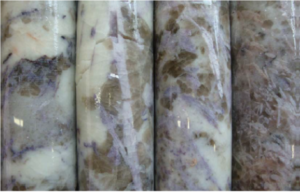
According to Critical Elements’ most recent NI 43-101 technical report (2017), the Rose deposit is estimated to have indicated resource of 31.9 million tons at 0.93% lithium oxide (Li2O) and 148 ppm of tantalum pentoxide (Ta2O5), in addition to inferred resource of 2.8 million tons at 0.82% Li2O and 145 ppm of Ta2O5.
The project feasibility study published in 2017 was based on price forecasts of US$750/ton for chemical grade lithium concentrate (5% Li2O), US$1,500/ton for technical grade lithium concentrate (6% Li2O), and US$130/kg for Ta2O5 tantalite concentrate using an exchange rate of US$0.75/CA$. The estimated payback period is 2.8 years.
Outlook
With the shift to a greener world, demand for energy metals – metals used in the creation and storage of energy such as lithium, graphite and cobalt – is set to grow substantially in coming years. Global lithium-ion battery demand is expected to grow more than 260% from 2019 to 2025 (Figure 4). In addition, more energy storage will be required to power solar and wind energy systems being installed at a fast pace around the world (Figure 5). Yet, Critical Elements is not only relying on lithium to thrive – it also mines tantalum, another in-demand metal. Since 1995, tantalum demand has recorded an average annual growth rate between 8 and 12%. To help meet soaring demand, Critical Elements aims to establish a supply of conflict-free lithium and tantalum to power a clean energy future. With the project’s environmental assessment report underway, Rose is on track to be fully permitted in the first half of 2021. If production starts as predicted (in 2022), Rose would help increase the share of North America’s lithium supply.
